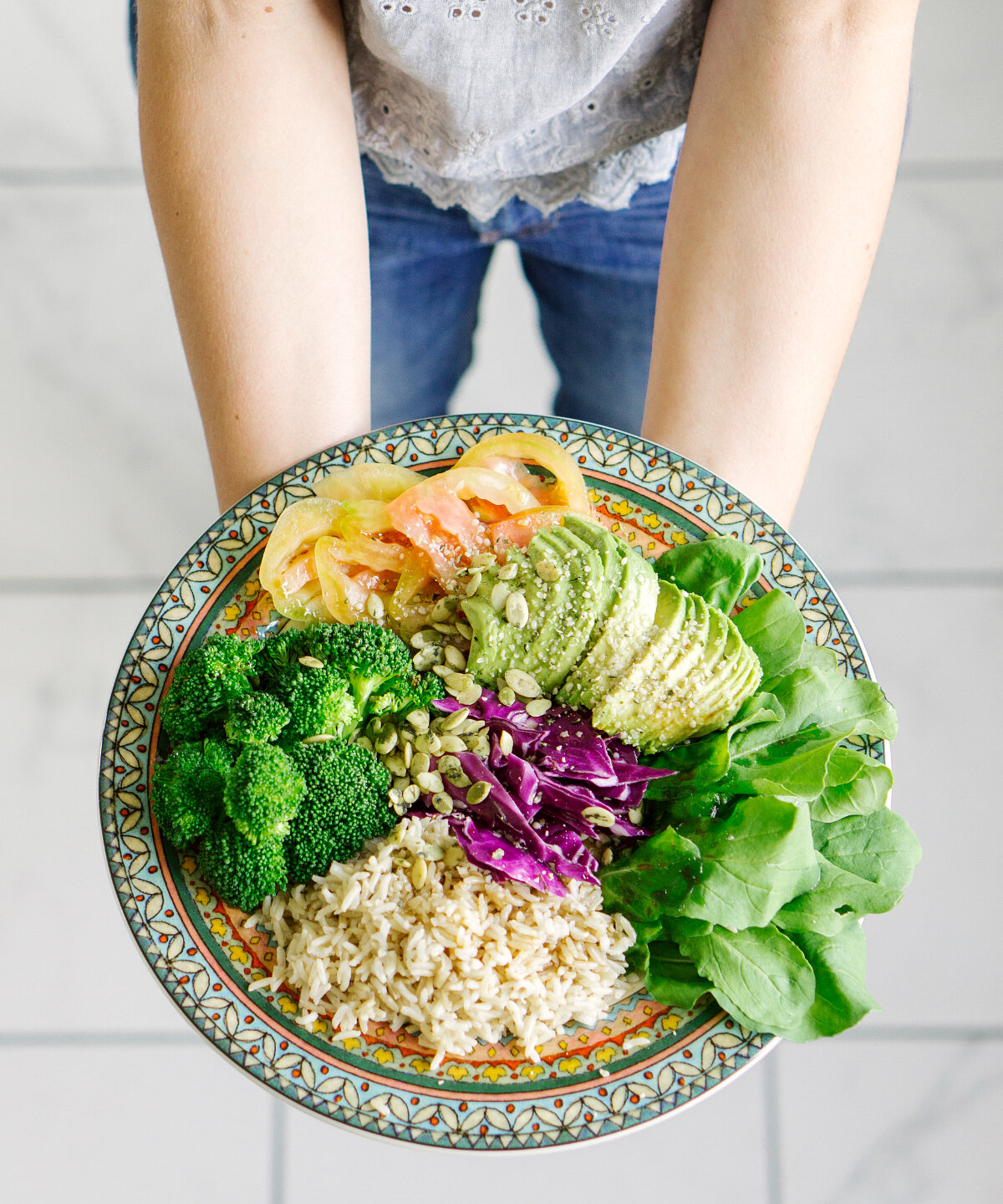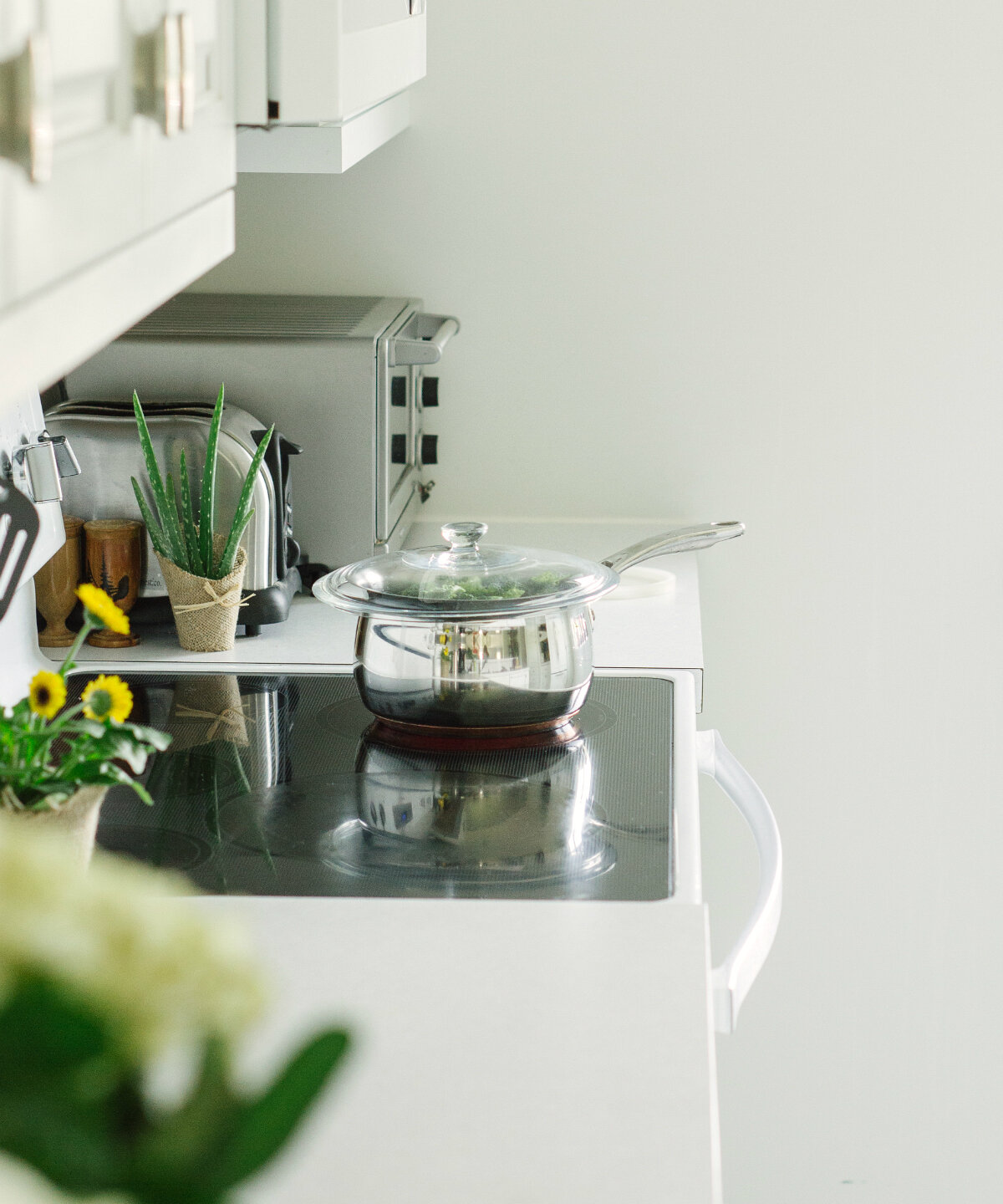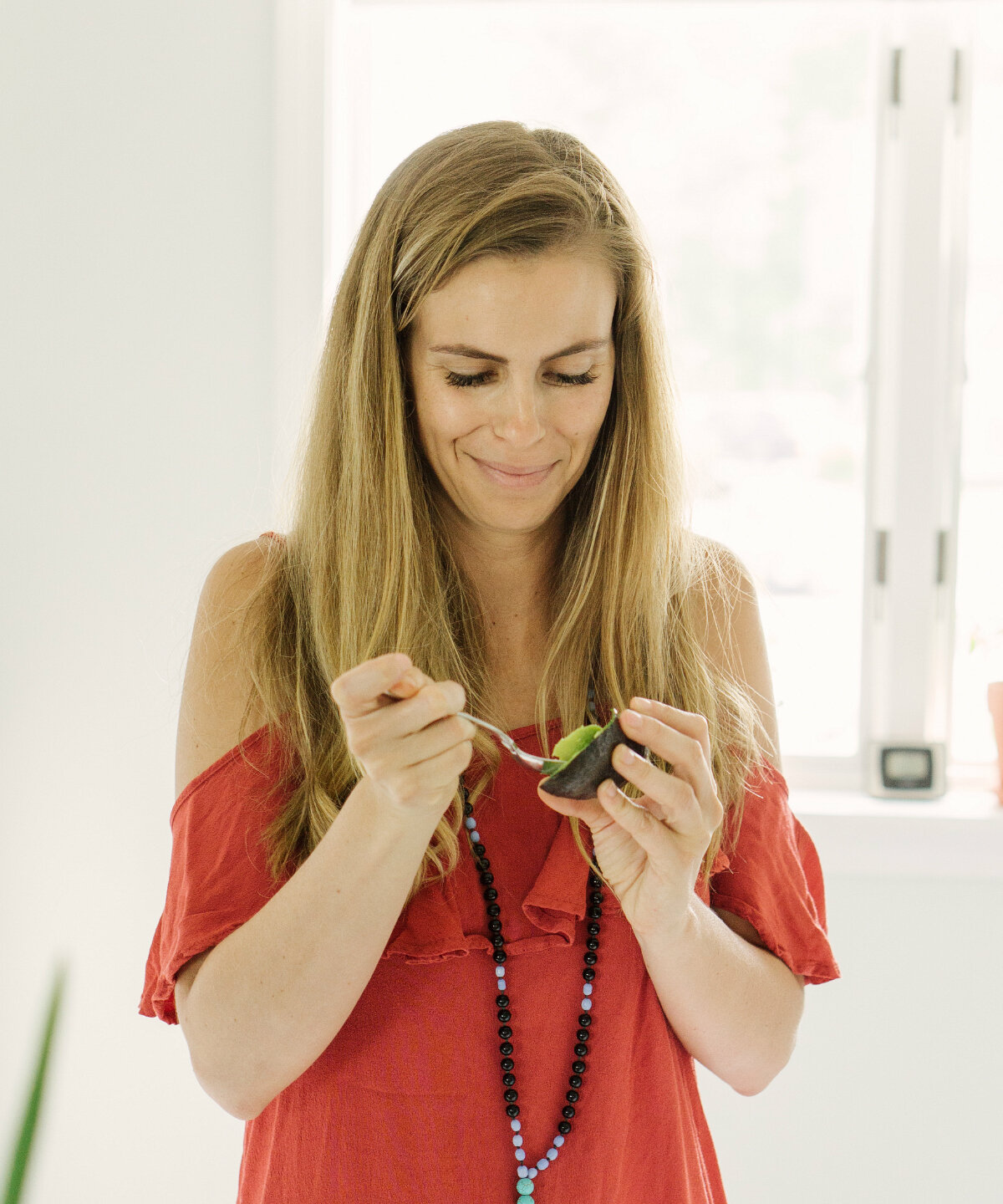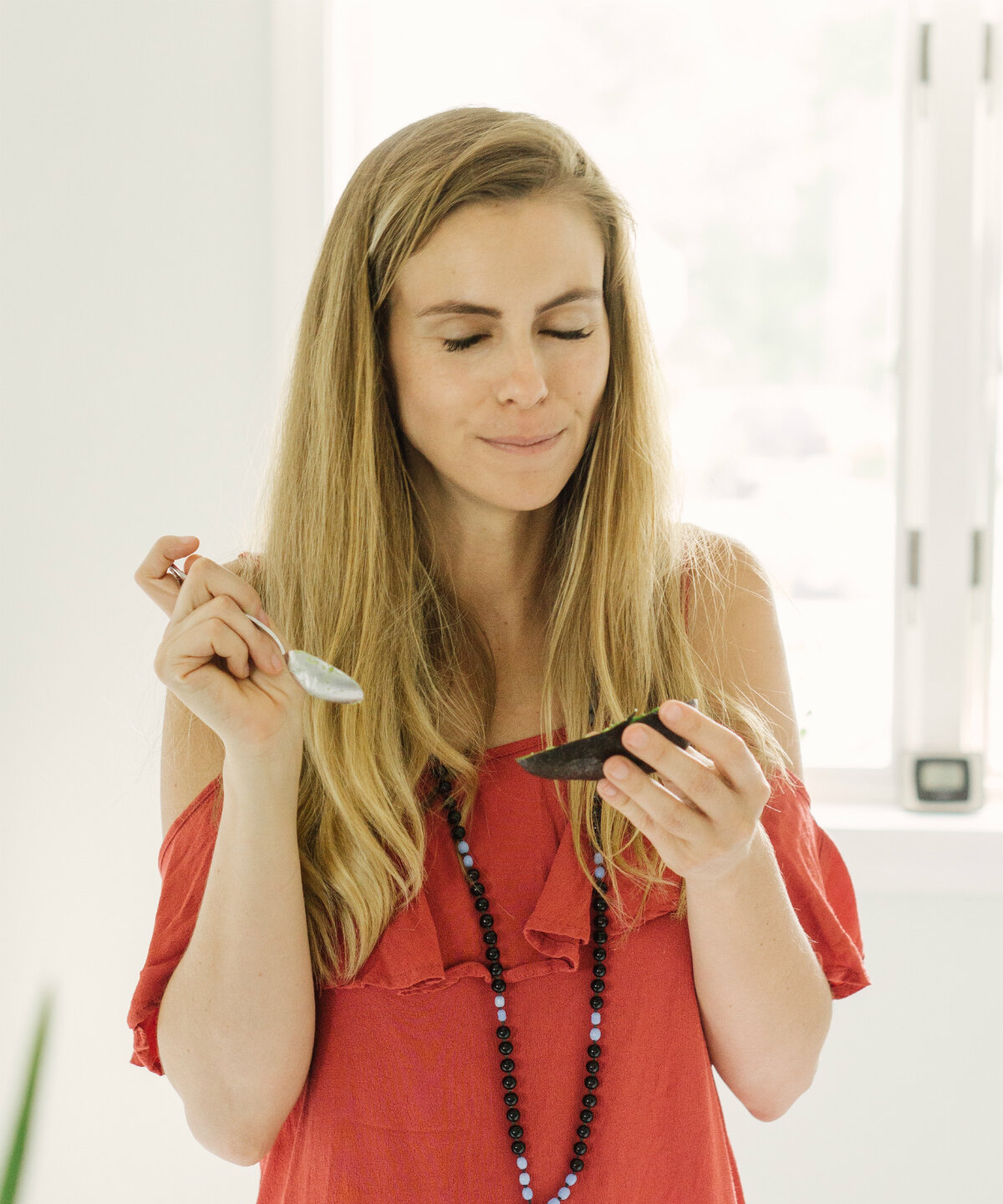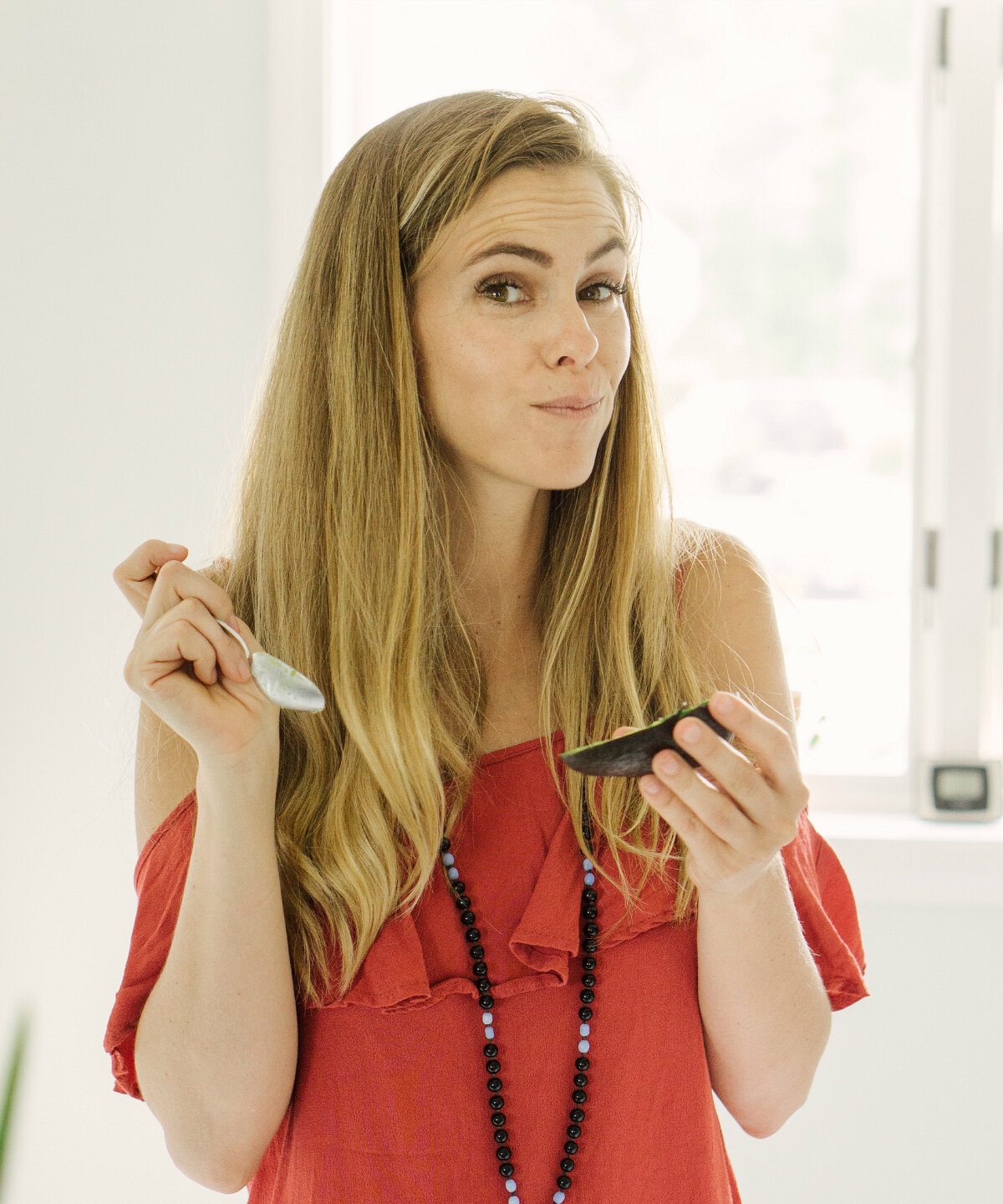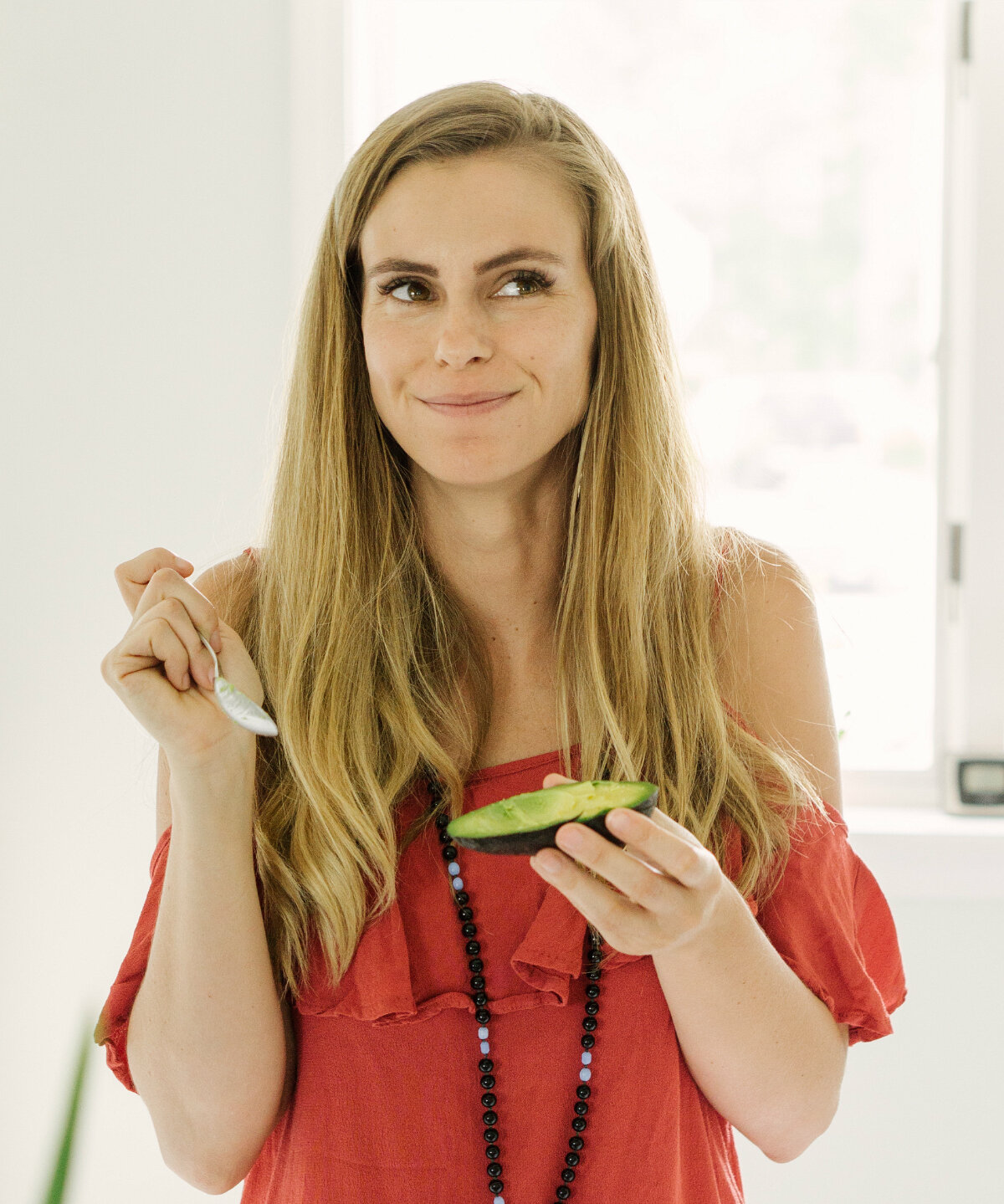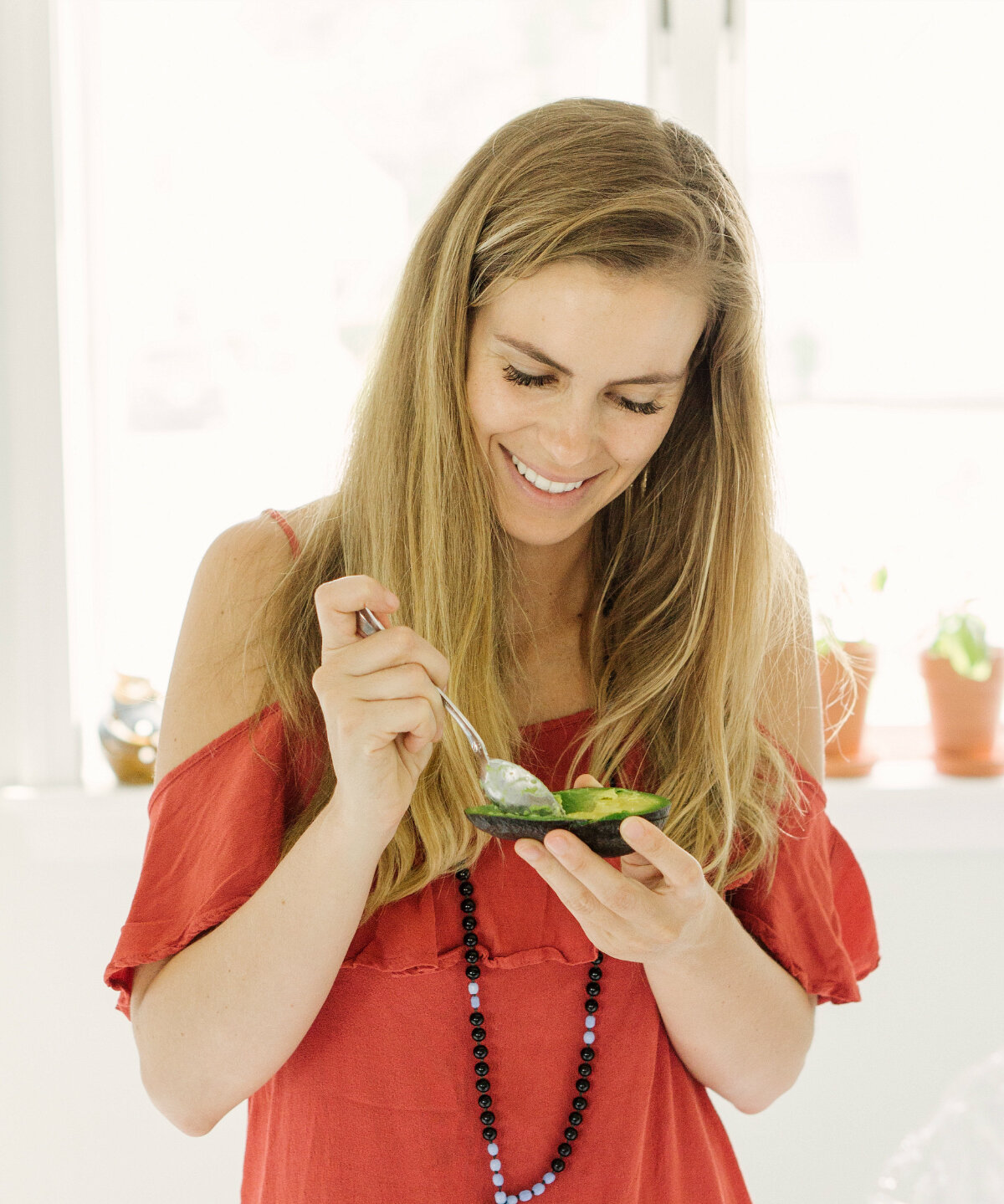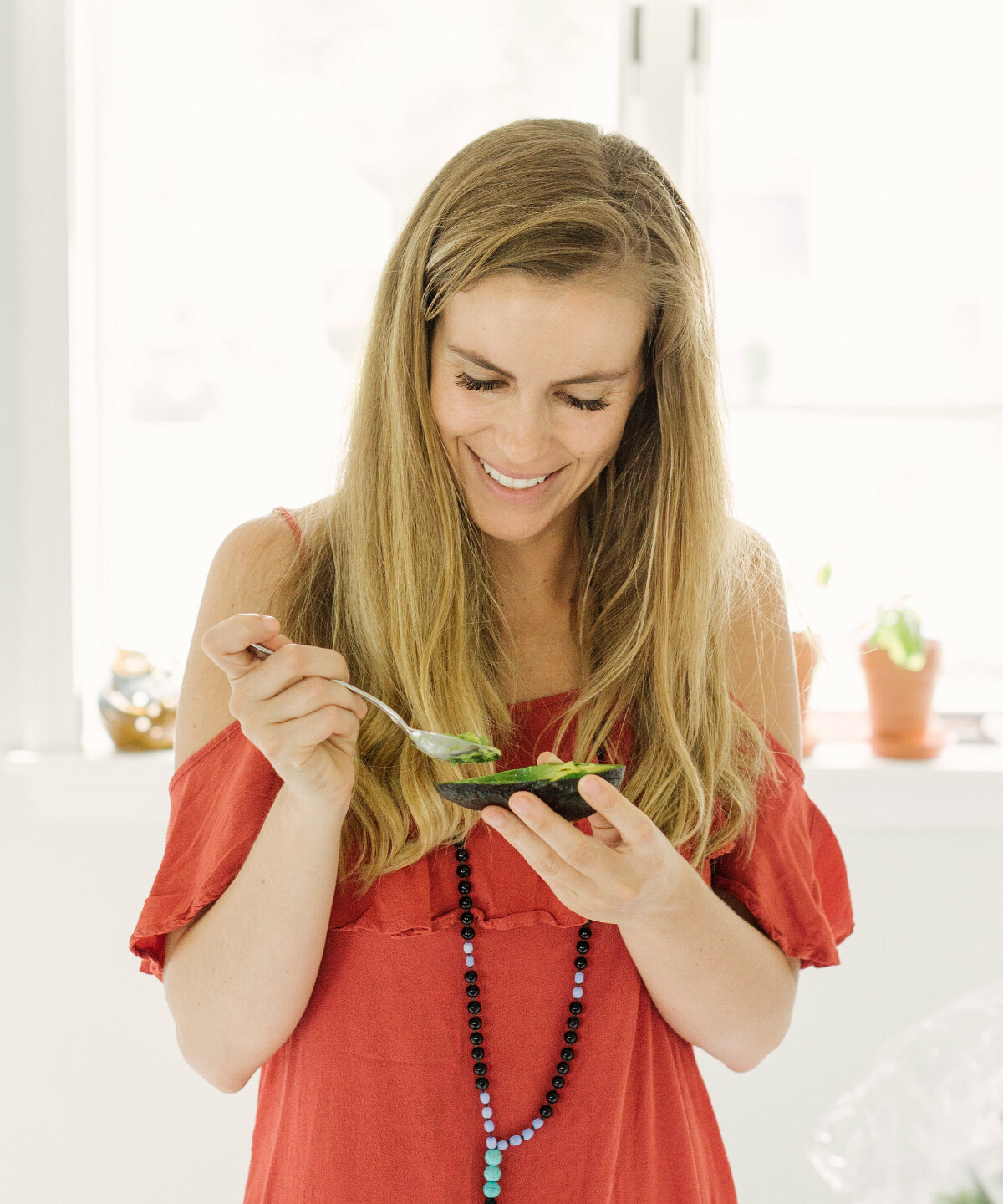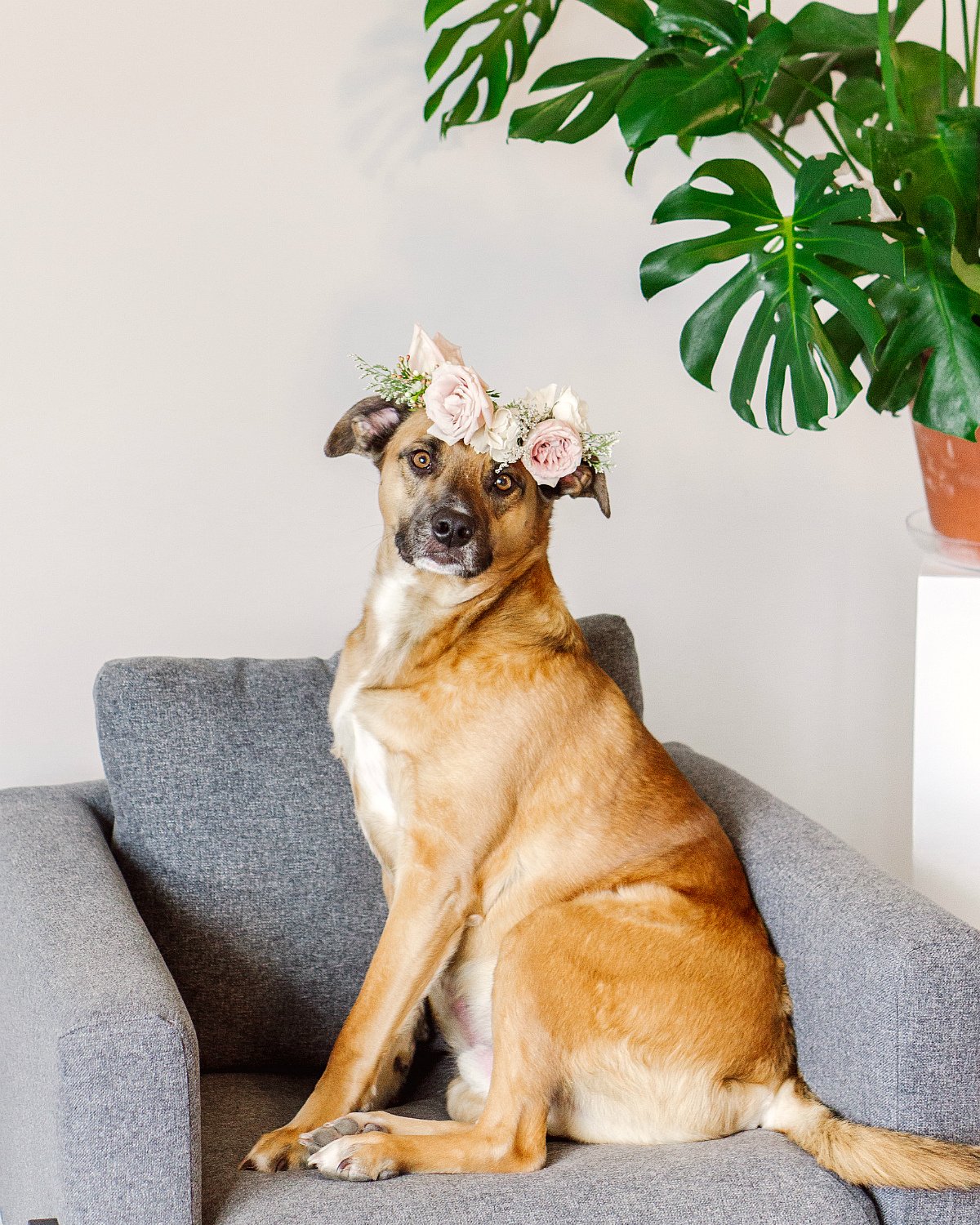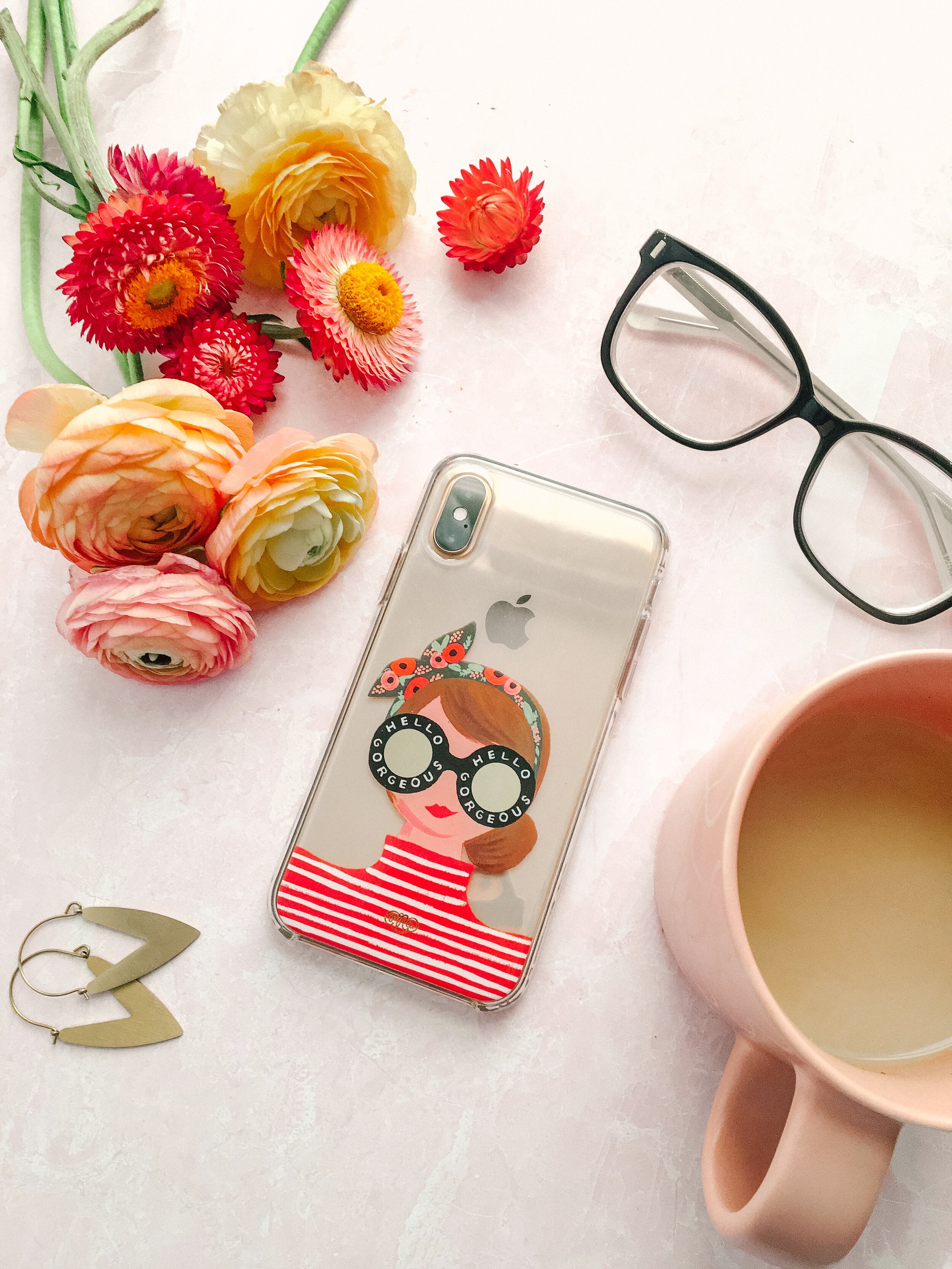5 Things to Expect at Your First Brand Shoot
On some level, we all know photo sessions are a big deal.
We’re likely to get our hair done, pay a little extra attention to our makeup that morning, wear shoes or clothing that’s more cute than practical, and pray that the rainy doldrums stay away.
But if you’ve never done a full-scope commercial brand shoot—meaning, more than just headshots—you might be surprised and overwhelmed at how much actually goes into making a shoot the best it can be. Well, only if your photographer doesn’t help you mentally prepare, that is!
As a photographer who works exclusively with businesses and brands, I’ve picked up on those things that starters-out don’t always know intuitively, and today, I want to share 5 insider insights that will help you come mentally and emotionally prepared for what’s ahead at your shoot. This will help you keep your head in the game, your photographer to get the best shots, and both of you to have a seamless shoot!
#1: NO MATTER HOW AUTHENTIC YOU WANT TO BE, PHOTOS JUST AREN’T LIKE REAL LIFE.
Take the photo above. Notice anything unusual about it? Probably not. As a photo, it exists to tell a story. The story in this case is about how colorful and inspiring and healthy and motivating it is to partake of nature’s nutritious gifts. Do you know that immediately when you look at it? Probably yes.
It might surprise you to know there actually is something odd about this photo. What’s that? Well, the food is not the way we’d actually arrange it on a plate, for one thing. It doesn’t look odd in the image, but this Buddha-bowl-style salad would be hard to eat the way it was plated.
For another thing, there’s 2-3X as much food as a person would normally eat on that plate. When my client first loaded it up, I told her, “When we’re shooting food, we want to double the amount we’d normally portion ourselves. It won’t look wrong in a photo, even if in real life it looks like a platter the whole table could share.” People expect photo images to look bountiful, impressive—otherwise, what’s the point? Most of us eat every single day. There has to be a story behind our food if we’re going to photograph it.
This is just one example of how photos just aren’t like real life. No matter how authentic you want to be, if you want your images to be eye-catching, and if you want your audience to know right away what they’re looking at and why, you have to do a bit of styling and staging to get it right.
#2: WE ARE GOING TO MAKE A MESS.
If we’re shooting for more than an hour in your office, home, storefront, or any place else that would be considered “on location,” we’re probably going to make a mess.
Consider for a moment all the things get dragged out at a photo shoot, sometimes only for a photo or two:
If you’re a fashion blogger, you’ll have outfit changes to make, including accessory changes that might include anything from bags to sunglasses to hats to shoes to belts to earrings and more.
If you own a restaurant or café, all the ingredients for all the food we’re going to shoot has to be opened, sliced, mixed, poured, and/or plated. Even for a single sandwich or cocktail, that can make a mess!
If you’re a coach or consultant, even just shooting in your office we might have to move your paper shredder, wastebasket, a distracting piece of art on the wall, papers from your desk, or any plant life just to make your office look clean—not to mention that we might move your desk to follow the best light!
You get the idea. In the photo above, even though my client had cleared her countertops before my arrival, I still had to take a knife rack down, an eclectic jar of utensils off the counter, move plants from the living room into the kitchen, and set up a reflector across from the windows in order to get the best shot!
Two takeaways here: One, come mentally prepared that we’ll be shuffling your possessions and materials around a lot. Two, don’t schedule anything in the space we’re shooting for at least an hour after the shoot so there’s time to tidy back up!
#3: I’M GOING TO ASK YOU TO POSE IN WAYS THAT YOU THINK DON’T MAKE SENSE.
This sort-of goes back to the “photos just aren’t like real life” point. In this case, we’re talking specifically about people. There are photos on social media of women standing or sitting in ways that were probably painful to hold for more than a few seconds, and yet the photos are gorgeous. Start looking closely at magazine ads and influencers’ Instagram accounts—there’s a lot going on that you don’t immediately notice, but you definitely would if you walked by in real life.
On social media, you often only have a single square to tell a story, and more than half the time, that square will be viewed on a phone screen—so, quite small. This makes the process of telling a story a little different than it would be across the table or in the cinema.
Trust your photographer when she sets you up somewhere that she can get in real close on the subject of the photograph, and you’ll be pleasantly surprised!
#4: THE WAY YOU THINK ABOUT LIGHT AND COLOR WILL BE DIFFERENT FROM THE WAY I THINK ABOUT LIGHT AND COLOR.
Any time I shoot indoors, my client will offer to turn lights on. In all the time I’ve been shooting, I may have accepted the offer twice.
The reason for this is that there are different kinds of light. In two broad categories, there’s artificial light and there’s natural light. You generally don’t want to “mix lights” when shooting—meaning, if you have natural light, you want to milk it for all it’s worth, and if you don’t have natural light, you want to rely on just one kind of artificial light. When you mix them, you can end up with highlights that look yellow and shadows that look blue—which is not only unnatural-looking, but truly difficult to edit.
A similar phenomenon occurs with color. My clients will pull out all their black and white clothing, or all their neutrals, and ask me what I think will photograph best. And usually I’ll say, “What do you have that has color?”
Color reflects light in a way that black and white simply can’t. Black absorbs light, and can make an onlooker feel like she’s falling into someone’s doom and gloom (Audrey Hepburn and Coco Chanel have deceived you!). White rebounds light almost as though it completely rejects it, and this often creates the effect that the wearer looks pale or ill. Color, though—color invites an onlooker into a sensory experience, evokes emotion, and can even release chemicals in the brain that will make it easier for the viewer to take action.
When we work together, think of places in your home or business that have great morning light, and pick out clothing that evokes the mood you want. See this blog post for more on what to wear!
#5: I’M GOING TO SHOOT FAR MORE PHOTOS THAN YOU THINK YOU NEED OR THAN YOU’LL END UP WITH.
Photography is somewhat a process of trial and error—you shoot until you get it right. This might not be the illusion photographers create for you, but it’s true.
I almost always shoot every story I’m hoping to tell from at least 3 angles, knowing that what I see on my tiny LCD screen is not what I’ll see at home on my giant iMac screen. Sometimes the photos I think in the moment are duds will turn out to hold the gem we were looking for all along.
Additionally, you’d be shocked how many photos I shoot in which the subject’s eyes are closed, or her tongue is sticking out slightly, or a rumple in her shirt makes her look pregnant when she isn’t. When I first started out, only about 1 in every 6 photos came out the way I wanted—and I learned to shoot as many photos as my index finger could stand to press the shutter, increasing the final count of “winner” shots at every shoot.
Over time, I’d say closer to half the photos I shoot are what I’m trying to capture, but even so—if you’re expecting 600 photos from a session because that’s how many I shot, trust me: You don’t want all 600! I’ll make sure you get the best of the best, though, don’t you worry.
Was this helpful? If so, pin the article so you never lose it! Then leave me a comment below to let me know which tip was most insightful and how it changed the way you’ll prepare for your next photo shoot!
HELLO! MY NAME IS ALEXIS.
Coffee lover, day dreamer, foodie, and creative. I believe in doing what you can with what you have where you are. I blog to help you do more with what you have. I hope you love it here!

